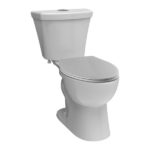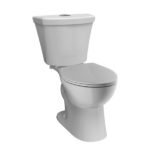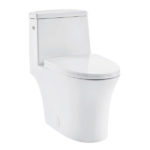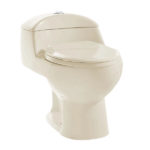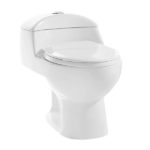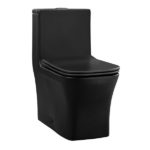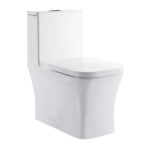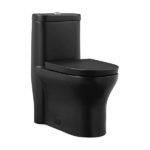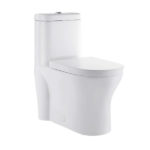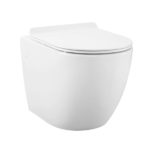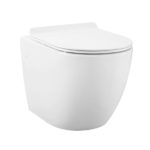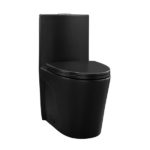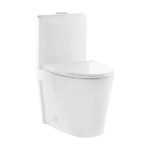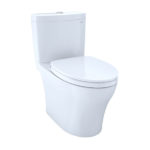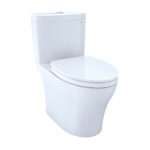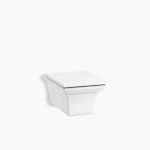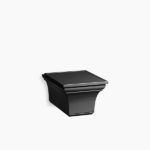Dual flush toilets are similar to single flush toilets except that the flushing mechanisms offers for 2 different types of flush- Normal flushing mode (what you’d expect on a single flush toilet) and an additional smaller flushing mode designed to remove most liquid waste while using much less water. The different flush mechanisms are typically engaged by the user by selection from one of two buttons on the top of the toilet (although other designs exist). In reviewing the various types of dual flush toilets, we’ve taken into account features including water usage, price, style and much more.
Why Choose a Dual Flush Toilet?
Dual flush toilets are becoming more common, likely because customer demand for water efficient toilets has increased. Not unlike many other home products, toilets provide another opportunity for the environmentally-conscious homeowner to invest in products which are better for the environment.
The Pros and Cons of Dual Flush Toilets
The main advantages of using a dual flush toilet is water conservation. Since most toilet usage is liquid waste, the smaller flush mechanism is often enough to get the job down while using less than the half of the water as a “full flush”. Now in practice, we’ve found that the smaller flush is sometimes not quite a enough. And this, is the main con that we know of. Depending on the make and model of toilet, the smaller flushing mechanism can be a bit light on water flow which means that a second flush is sometimes needed. That said, many don’t consider this a real problem because it’s sort of the whole point of using a smaller flushing mechanism.
Are Dual Flush Toilets Worth the Money?
We don’t think that money is the main issue here as dual flush toilets aren’t always much more expensive. So if money is a deciding factor, you’ll likely make up any additional costs is water savings.

